On 31st May 2011 UK Government published its plans to deliver a 20% reduction in capital cost and carbon burden from the construction and operation of the built environment. At the centre of this report was a mandate for the creation of a collaborative 3D BIM environment - an environment in which all project and asset information, documentation and data are captured, stored, shared and updated electronically. The first milestone – level 2 BIM compliance – was set for March 2016.
Building Information Modelling (BIM)...

Building Information Modelling (BIM)
As businesses, contractors, sub-contractors and partners adjusted to Level 2 business as usual, we witnessed a significant increase in requests for scanning of paper material. Paper archives are, by definition, non BIM compliant. However, since then, we have also seen a marked increase in requests for our data conversion and data structuring services. Having digitised their hard copy material, businesses and organisations typically turn their attention to how they might best extract the full value of the data contained within the images.
To work effectively, BIM must be structured around a Common Database Environment (CDE) with linked databases. The conversion of unstructured images to structured data models is essential to this. Typical customers include the AEC sector, local government and central government. However BIM for Heritage is already well-established as an SIG in its own right.
BIM Services
- Conversion of scanned drawings into CAD files
- Conversion of unstructured attribute information into structured data
- Cleansing of unstructured datasets to follow standardised hierarchies and naming conventions
- 3D modelling with attributes
- Geo-referencing of scanned maps and plans
- Feature extraction from maps and plans (into CAD or GIS file formats)
- Web-based 3D GIS platforms
- Virtual tours
- High-volume data extraction through semi-automated processes (machine learning). For instance extraction of data fields from Word/ pdfs (e.g. planning applications, contracts, AIRs and EIRs)
If you'd like to get in touch to find out more about our services please use the buttons below or call us on +44 (0)20 8309 5445
Testimonials
Max Communications and the RSA Archive have a successful, long standing working relationship. We have undertaken several digitisation projects together to scan our numerous large sized artworks, prints and diagrams. More recently we successfully migrated to Max’s archive management and digital preservation services, DRYAD and SOTERIA. I cannot fault either the consistent quality of the digitisation or the quality of professional service provided and would recommend, Max Communications, without reservation.
--Eve Watson | Head of Archive | The Royal Society of Arts




